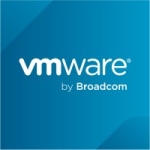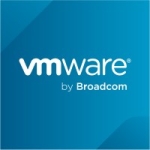I use it to automate the creation of infrastructure using AWS CloudFormation templates. In my project, I must create infrastructure for SaaS-based applications hosted in the AWS cloud. Whenever I onboard a new customer, I need to create the same architectural infrastructure for them, as it's a multitenant architecture, so a lot of the setup remains the same.
By using AWS CloudFormation, I can automate tasks like creating VPCs and load balancers instead of doing them manually each time. The features I like most include improved scalability, resource management, ease of deployment, template creation, and resource provisioning.
There are some limitations with JSON, as the code is written in JSON, which doesn't support commands, looping, or conditionals. This can make the code difficult to read and share across teams. Moreover, the tool only supports AWS.
Another challenge is related to cost, which I feel could be reduced as it's a bit on the higher side. Additionally, the documentation could be improved, as there is room for enhancement.
I have been working with the product for three years.
I haven't faced any stability issues with AWS CloudFormation, and I would rate its stability as nine out of ten.
As for scalability, I see improved scalability with no issues, and I would rate it an eight out of ten. In my organization, around 18 people are using AWS CloudFormation.
AWS support is fine and prompt. It is paid.
The initial setup is quite easy, like filling out a form and submitting it, making the deployment straightforward.
I rate the overall product an eight out of ten and would recommend it to others.

















I appreciate AWS CloudFormation for its robust capabilities in simplifying and automating complex infrastructure management tasks, thereby significantly enhancing operational efficiency and reducing the likelihood of errors. Its intuitive interface allows for seamless collaboration among team members, fostering a cohesive environment for project development and deployment. Additionally, CloudFormation's extensive integration with a diverse array of AWS services empowers users to create comprehensive infrastructure setups tailored to their specific needs, while its inherent scalability ensures adaptability to projects of varying sizes and complexities. With features designed to streamline resource dependency management and enable version control through tools like Git, CloudFormation facilitates agile development processes and ensures the reproducibility of environments, promoting consistency and reliability across deployments. Overall, CloudFormation stands out as a versatile and indispensable tool for modern cloud infrastructure management, offering unparalleled flexibility and control to users seeking to optimize their AWS deployments.